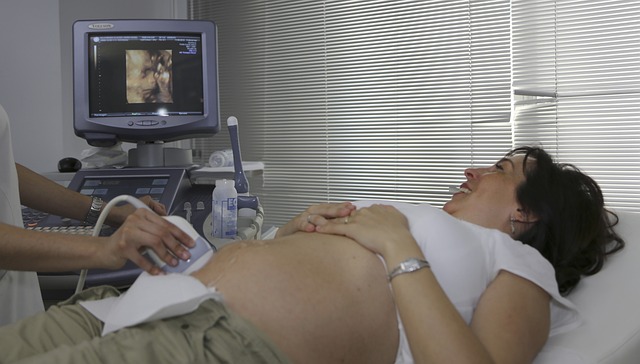Israeli scientists from the Technion in Haifa have found a way to harness ultrasounds for drug delivery and tissue implantation. The researchers were led by Prof. Shulamit Levenberg and they developed an “innovative non-invasive method” for bio-printing live cells and tissues deep within the body using external sound wave irradiation.
You have probably heard about how an ultrasound is best known for checking on the baby when a woman is pregnant. But what is it, actually?
Will you offer us a hand? Every gift, regardless of size, fuels our future.
Your critical contribution enables us to maintain our independence from shareholders or wealthy owners, allowing us to keep up reporting without bias. It means we can continue to make Jewish Business News available to everyone.
You can support us for as little as $1 via PayPal at office@jewishbusinessnews.com.
Thank you.
An ultrasound is a safe and painless imaging test that uses sound waves to create pictures of the inside of your body. It is often used during pregnancy to monitor the health and development of the fetus, but it can also be used to diagnose a variety of other conditions, like checking for kidney stones, tumors and more.
During a diagnostic ultrasound, a transducer (probe) is placed on the skin or inside a body opening. The transducer emits high-frequency sound waves that travel through the body and bounce off organs, tissues, and fluids. The echoes are then picked up by the transducer and converted into an image.
Ultrasound is a safe and effective imaging test that has many advantages over other imaging techniques, such as X-rays. Unlike X-rays, ultrasound does not use ionizing radiation.
Many biomedical applications require precise delivery of biocompatible materials for various purposes such as localized drug release, grafting of tissues, and implantation of engineered cells and tissues for organ regeneration. Currently, highly invasive surgeries are the norm, and are accompanied by risks including infection, tissue damage, and long healing periods.
In the researchers’ innovative method, cells or drugs are delivered within a biological fluid ink directly to the treated area deep within the body through direct injection or catheterization. Subsequently, the engineered tissue is printed using sound waves emitted from an external ultrasonic transducer. Thus, engineered tissue can be built deep within the body without exposing the treated site.
The versatility of the new technology is demonstrated in contexts such as local cell transplantation, continuous localized drug delivery over time, and three-dimensional bioprinting. The mechanical properties of the grafts can be tailored according to the target tissue and the desired drug release rate.




